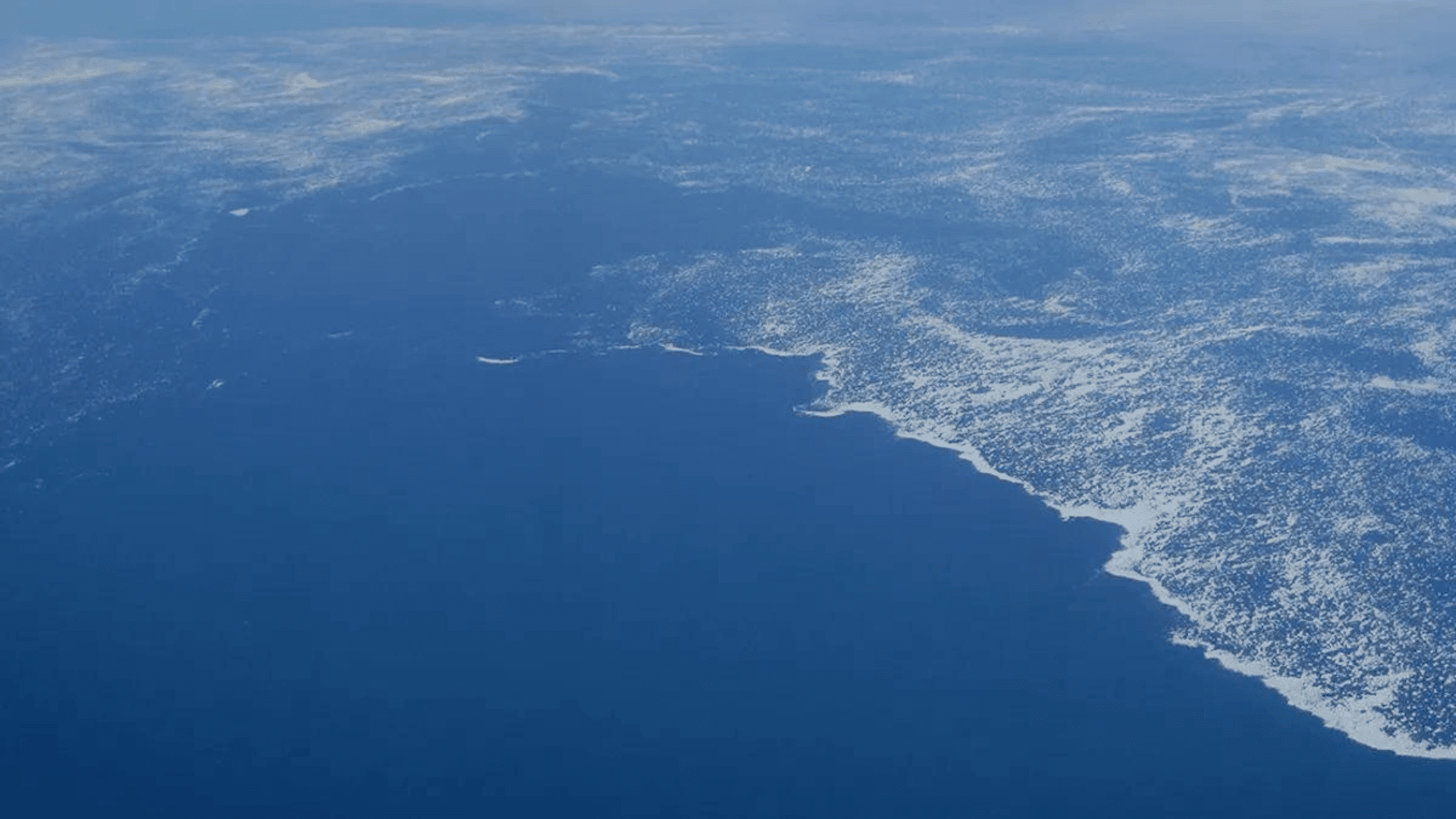Exploring the Earth 's Continental Disputes
A groundbreaking study challenges the traditional notion of seven continents by proposing that North America and Europe could be considered as a single landmass rather than two separate entities . The research conducted by the University of Derby delves into the ongoing geological processes of the European and North American tectonic plates , suggesting that they have not fully broken apart as previously believed . Lead researcher Dr. Jordan Phethean reveals that these plates are still in the process of stretching and separating , with Iceland playing a pivotal role in the study due to its formation around 60 million years ago.
It is controversial to suggest that the GIFR contains a large amount of continental crust within it and that the European and North American tectonic plates have perhaps not yet officially broken up,
Phethean acknowledges , highlighting the potential shift in our understanding of Earth 's geology . The concept of a Rifted Oceanic Magmatic Plateau ( ROMP ) is introduced to explain the connection between Iceland and the Greenland Iceland Faroes Ridge ( GIFR ) , emphasizing the interlinked nature of these geological fragments . If substantiated , this theory could reshape our perception of continents , reducing the count from seven to six.
Unveiling a New Microcontinent
In a separate discovery , a new microcontinent has been identified in the Davis Strait region , bridging the gap between Canadas Baffin Island and Greenland . Utilizing gravity and seismic reflection data , researchers from the UK and Sweden reconstructed the Plate tectonics of this area , unraveling a complex history of rifting and seafloor spreading . The study proposes that the separation of Greenland from Canada occurred approximately 118 million years ago , leading to the formation of a continental fragment surrounded by thinner oceanic crust.
Overall , this work not only recognises several new first order tectonic features of the Earth , the Pre - UTM and Davis Strait proto - microcontinent,
the researchers emphasize , underscoring the significance of understanding plate tectonics on our planet . By shedding light on the past geological events that shaped our continents , this research aims to provide insights into the hazards posed by tectonic activities . The quest to unravel Earth 's complex tectonic history continues , with each discovery bringing us closer to comprehending the dynamic forces that govern our planet 's evolution.
